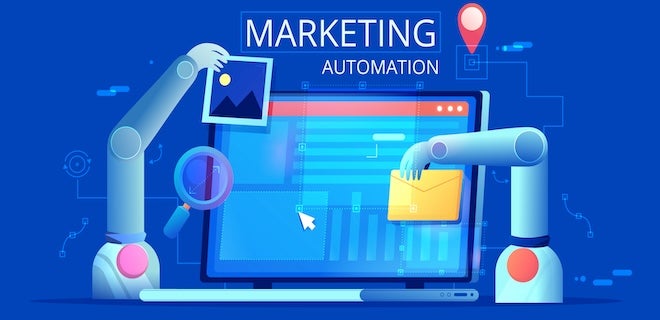
When everything is automated, nothing stands out. That’s why advertising still needs a human touch
Meta’s vision for the future of advertising is automating every aspect of it.
Every image.
Every line of copy.
Every audience targeted.
Every budget optimized.
Each and every campaign. Managed end-to-end by AI.
Automation has its place, but full automation strips advertising of what makes it powerful: creativity, judgment and originality. These are the elements that turn campaigns into stories, ads into ideas and impressions into lasting brand relationships. Without them, advertising becomes interchangeable.
Where AI Works
AI is a net positive for our industry. It effortlessly handles tasks that once took up weeks or months, cost thousands (or even millions) of dollars and required hours of human effort. Budget pacing, bid adjustments and audience expansion are far better handled by machines than by teams working in spreadsheets. Creative testing can run in the background while teams focus on strategy.
Generative tools are also reducing the gap between small and large advertisers. A company with limited resources can now generate product photography, lifestyle imagery or even video at a fraction of the cost it once took to hire a studio. This levels the playing field in ways that encourage more voices and more participation. It makes campaigns more accessible for businesses that would have struggled to compete in the past.
These gains are real, and they are here to stay. Advertisers should embrace those benefits.
What This Means For Publishers
Publishers benefit from these advances, too. Automation helps them fill and price ad space more efficiently, predict which placements will perform best, increase yield and reduce the manual work of managing inventory. For lean publishing teams trying to sustain their business, those gains are significant.
But efficiency has its limits. If every publisher hands advertising fully over to automated systems, their environments will start to look and feel the same. That erodes what makes each platform distinctive: the trust, tone and context that give advertisers a reason to invest in them.
That’s why human oversight remains essential. Publishers have a responsibility to ensure ads meet editorial standards and protect their audiences. Without that judgment, automation can turn high-quality environments into ones indistinguishable from low-quality. That’s a race to the bottom no one wins.
Automation should strengthen differentiation, not erase it. And efficiency should serve the work, not define it.
Where Automation Fails
We’ll be in trouble as an industry if we allow automation to move beyond execution and into decision-making.
That’s because AI won’t give you anything new. When a machine dictates what campaigns you run, you’ll only get echoes of the past, because they are trained on things that have already happened. Other people’s ideas. Other winning approaches. AI only offers volume when you need vision.
If we all buy into Meta’s way of thinking, advertising as a whole will become saferand predictable. Whatever the machines will make might be polished, but it will all be the same recycled mess. When that happens, campaigns will start to blur together and the industry will lose its power.
People Should Set Direction
A campaign is not the sum of its parts. It is a decision that carries purpose: a reaction to the times, a promise of something different and a reflection of the work that went into understanding the audience it seeks to move. AI can test copy and predict click-through rates. But it can’t tell a brand what stance to take on an issue. It can’t autonomously adapt to real-time changes. And it can’t create something fully effective because it can’t appreciate the nuances of life.
Advertising requires human judgment forged by experiences, a deep context for what a brand wants to accomplish, and an even deeper understanding of consumers.
Ethics Cannot Be Left To Machines
And what about ethical standards?
AI simply follows directions. If we tell it our engagement goal and then say “go,” the model will push until it maximizes what you set out for it to do. Sure, that might lead to more clicks, but that doesn’t always mean better outcomes. What if your ads become intrusive or exploitative? What if autonomously generated ads are insensitive? What if they overreach on targeting? What if they violate privacy?
Without human involvement, optimization can cross lines. We can’t rely on governments to help us out here..
Humans Working Together Yield The Best Work
Advertising is not a one-person or one-team exercise. It thrives when people from all walks of an organization come together with ideas, reactions and lots of testing. AI definitely has a place in it, but nothing can take the place of that burst of synergy in a room or on a call that comes from a shared excitement and inspiration to create the next best experience for their audience.
Building consensus is central to creating great ad experiences. What the consumer sees is the result of conversation, trust and negotiation. In essence, ads are a reflection of the soul of an organization. AI can’t replicate that.
Yes, we need automation in advertising. But we also need more than that. We need to know our industry and our audience inside and out. We need to know best practices. We need to know how to pair efficiency with meaning so that advertising remains both effective and enduring.